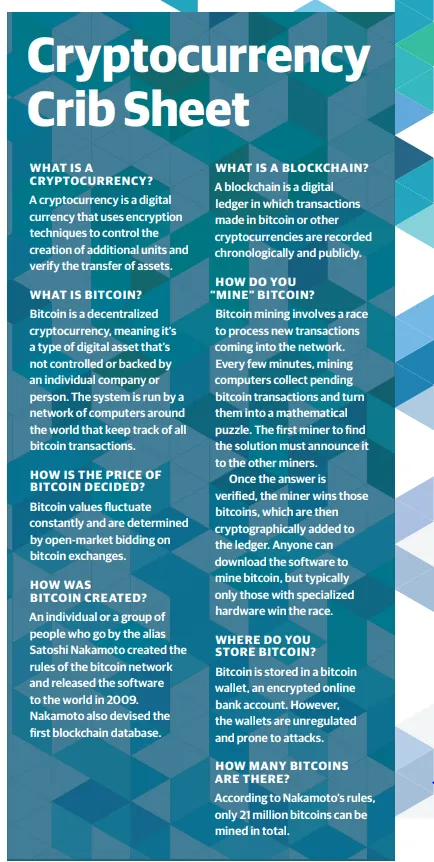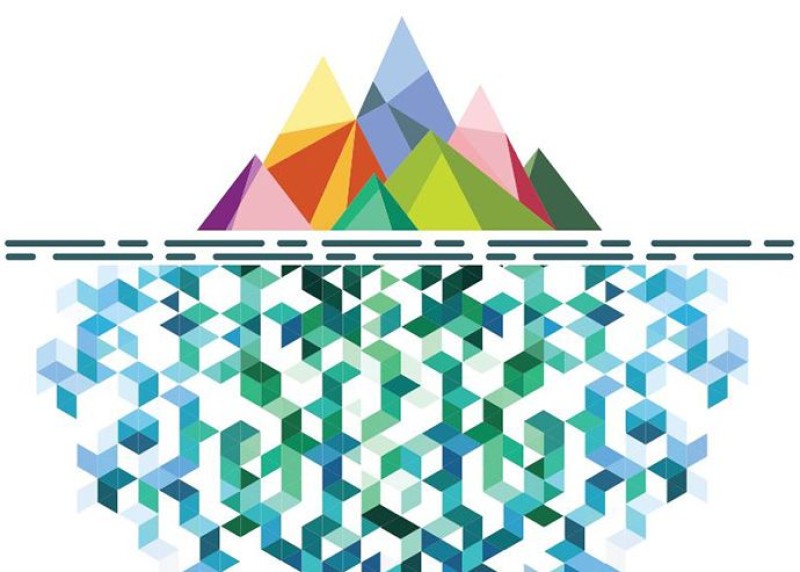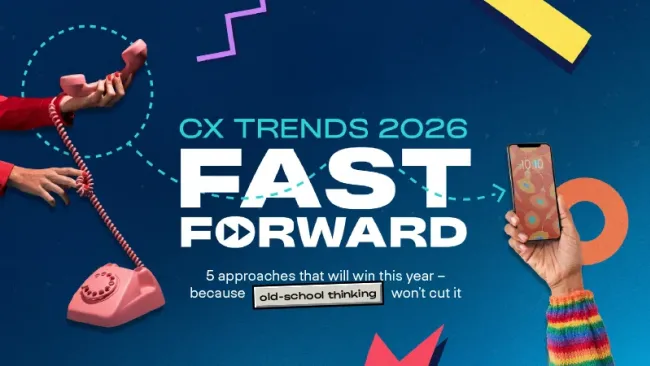There’s a lot of hype surrounding bitcoin, to put it mildly. What started as an obscure digital form of payment has morphed into a global phenomenon with eye-popping valuations. But some analysts believe bitcoin is just window dressing; the underlying technology—blockchain—is a far more transformative innovation with significant implications for businesses, and by extension, future customer experiences.
But first, let’s discuss bitcoin and its unique characteristics. It’s a digital asset that has been described as a virtual alternative to dollars or gold, but is not controlled by governments or financial institutions. Furthermore, it isn’t subject to the same monetary policies and regulations as traditional currency.
It can be used for direct transactions between individuals, exchanged for dollars, or to pay for purchases. Companies like Overstock.com and Expedia already accept bitcoin as a form of payment. And although each bitcoin transaction is recorded in a public ledger, the names of buyers and sellers are not revealed, which allows purchases to be made anonymously.
Bitcoin also has several drawbacks. Due to fluctuations in perceived value, negative press, and other factors, bitcoin is incredibly volatile. In January 2017, the price of one bitcoin was $1,000. By the end of the year, the price had shot up to 20 times its value since the beginning of the year, before plunging 20 percent in early 2018. Also, bitcoin is highly susceptible to theft and it can take days to complete a transaction.
The tip of the iceberg
Given these limitations, it’s unlikely that bitcoin will be more than a bubble. But the story doesn’t end there. Blockchain technology, the distributed ledger technology on which bitcoin transactions are recorded, holds more promise.
Here’s how blockchain works: Each time information is entered onto a digital ledger, the change is recorded and verified, then locked by encryption to prevent further edits. Those changes are then saved as a “block” and added to the total record.
The next time a change is made, the process begins all over again. The new information is saved as another block that is also encrypted and attached to the previous block. This process connects the first version of the information with the latest one, allowing anyone with a personal key to see all the changes that were made, but only the latest version can be edited.
Also, in a blockchain, the computers are acting together in a peer-to-peer network—there is no central server or authority, meaning the chain is self-policing. Information that doesn’t meet the chain’s protocols will be immediately detected by the other blocks and the change will be aborted. It creates a system for constantly sharing data in a trusted exchange without intermediaries or supervision.
“Bitcoin is interesting and provides a proof point [of the value of blockchain], but it’s just the tip of the iceberg,” says Jessica Groopman, industry analyst and founding partner at Kaleido Insights. “Another way to think of it is email is to the internet as bitcoin is to blockchain—there’s a lot more to it.”
Indeed. The idea of a decentralized system that’s constantly updated, verifiable, and accessible to anyone with credentials has a lot of different applications. In a report, “The Internet of Trusted Things,” Groopman and her colleague, Jeremiah Owyang, studied the impact that blockchain could have on the Internet of Things (IoT).

“If developed for scale,” they write, “blockchain (often generalized as ‘distributed ledger technologies’ (DLT)) could offer IoT a level of interoperability, transparency, and security currently absent from today’s architectures, but essential to ecosystem-driven business models and autonomous products and services.”
For instance, any network-connected object could essentially become a mobile wallet for machine-to-machine transactions. A car could automatically pay for a spot in a parking lot or a deposit could be returned as soon as a rental is scanned into a facility.
A blockchain future?
There are many more ways blockchain could be utilized. “Wherever there’s friction in the customer experience, there’s a business opportunity,” says Don Peppers, founding partner of Peppers & Rogers Group. “If you think of how bitcoin removed the middleman [e.g., banking fees] from transactions, just think of how many other types of ‘friction’ could be removed or avoided.”
In fact, companies, many of them startups, are already developing blockchain applications that could have a disruptive effect on various industries. Here’s a sampling of what’s in the works:
- Health data: Researchers at MIT are developing a system that would place a patient’s health data on a blockchain where it could be read and updated by multiple doctors and a record would be made of each change. The patient
- would also be able to decide who to share the data with.
- Consumer data: Similar to health data, the startup Brave is developing a system that stores consumers’ behavioral and demographic data on a blockchain, making it portable and letting consumers decide which advertisers to share it with.
- Verifying identities: When shopping at a supermarket, imagine customers’ identities being authenticated by iris scans in order for money to be deducted from their account. Companies like HYPR and Veridium are working to enable biometric authentication examples like this and more.
- Power generation: Startups like Lo3Energy are working on enabling homeowners to directly sell energy they have generated from rooftop solar panels via blockchain and avoid commission-charging intermediaries.
- Supply chain certification: Logistics pilots are exploring how to track and record materials as they’re transported, adding another layer of transparency to proving the origin of a product’s components.
- Decentralized video streaming: LivePeer, Viuly, and other startups are developing ways to stream video from computers connected on a blockchain while sidestepping traditional broadcasters and other gatekeepers.
- Job certification: Contacting universities and previous employers to verify academic and work histories is time consuming. Mamoru is working on a solution that stores an individual’s certifications on a secure chain where the information cannot be deleted or altered.
For all its promise, there are significant obstacles to overcome before any of these projects can become a mainstream business model. Most of these initiatives require immense data management, infrastructure, compliance adherence, and security costs to extract value at scale. Established organizations and businesses can also be expected to push back against anything that threatens the status quo.
But despite its limitations and flaws, bitcoin has already demonstrated how blockchain can disrupt institutions and financial systems. So even if these projects don’t pan out, attempts to give consumers control over their personal data and more self-service options is just the beginning—more ideas will appear.
And it’s up to business leaders to decide whether they want to wait for the next big idea or seize the opportunity to transform customer experiences themselves.
















